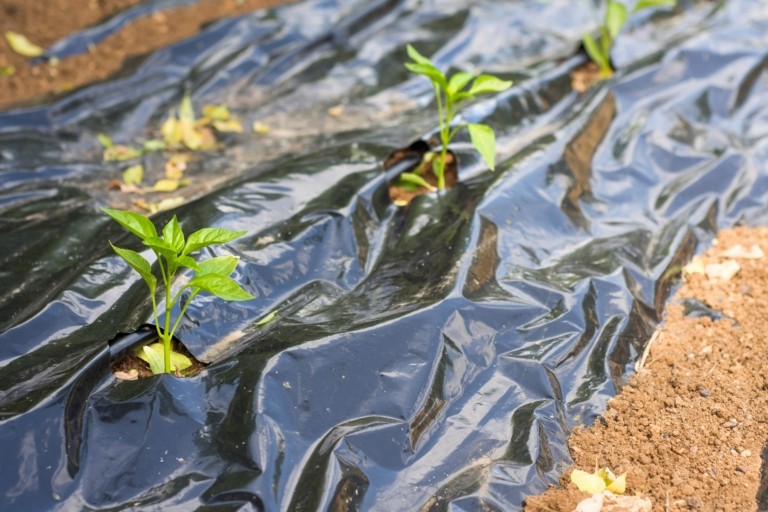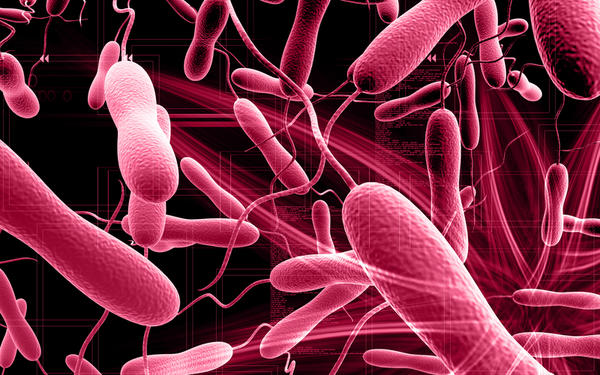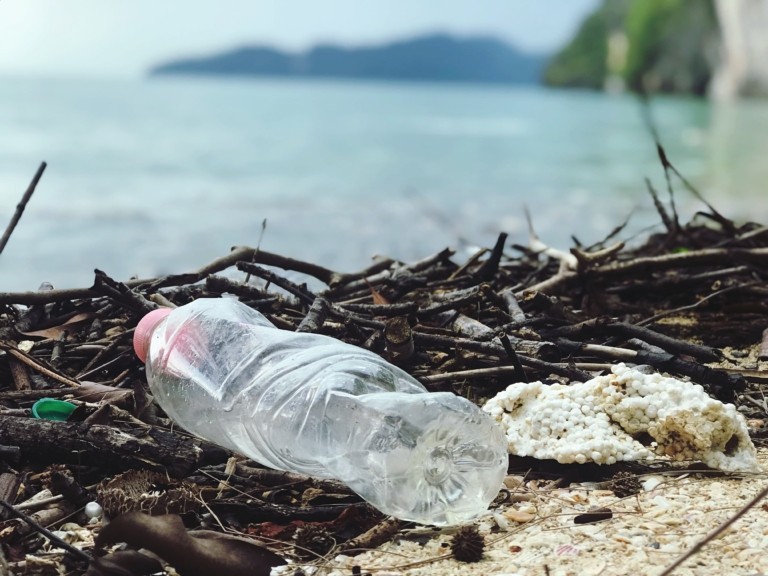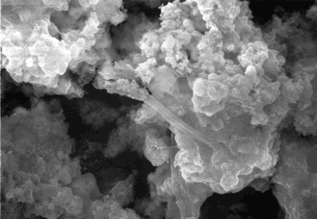
Ultimate degradability of Polystyrene has been extensively investigated since the 1990’s, recently the Nuclear Waste Management committee made up of private and public sectors conducted position papers around the subject. Below is some excerpts from their findings around Polystyrene, with a link to the position paper.
The microbial degradation of styrene under oxidising conditions has been extensively
investigated (O’Leary et al. 2002; Mooney et al. 2006), but there has been significantly less research into the anaerobic degradation of styrene. However, methanogenic consortia have been shown to degrade styrene as sole carbon source (Grbić-Galić et al. 1990). In this case styrene degraded to a range of organic intermediates and carbon dioxide. Taking the carbon dioxide figures as a representation of the amount of styrene that had completely degraded to gas as is of interest here, rates of styrene degradation ranged from 0.14 to 0.4 a -1. This is an order of magnitude faster than the most rapid rate of polystyrene degradation identified (Kaplan et al. 1979, Sielicki et al. 1978). It is consistent with the T2GGM polystyrene degradation model (Quintessa and Geofirma 2011b), which considers the rate-limiting step for polystyrene degradation to be the breakup of polystyrene, rather than the degradation of styrene.
http://www.ceaa-acee.gc.ca/050/documents/56647/56647E.pdf
Conclusion on Polystyrene biodegradability
In conclusion, there is limited data for anaerobic degradation of IX resins, but the rate is clearly low. The reference value and tested range are consistent with the data. The postclosure reference case maximizes the generation of gas because:
‐ All organics, including resins, are assumed to completely degrade;
‐ All organics, including resins, are assumed to degrade to form gas rather than intermediate species;
‐ Sufficient water is assumed present to support degradation; and
‐ Other conditions are assumed to support degradation processes (e.g. microbes are active
even under the potentially high salinity, and other nutrients are available).
The uncertainty in resin degradation rates was addressed in the post closure safety assessment through variant cases in which the gas generation rates and related parameters are varied. In particular, a special case is presented in this report with the resin degradation rate set to the maximum value estimated from the data. These calculations indicate that the repository pressure tends to equilibrate at generally similar pressures, independent of the specific gas generation rate assumptions. The calculation results, including this high resin degradation rate, show that the resulting gas is contained within the geosphere and does not compromise the predictions for low doses in the biosphere.
Biosphere Biodegradable Plastic Enhancement
Biosphere plastic greatly enhances the biodegradation of polymers such as polystyrene by allowing microorganisms to readily consume the plastic polymers creating a biodegradable plastic that is quickly consumed by microorganisms.
*Information taken from report created by
http://www.ceaa-acee.gc.ca/050/documents/56647/56647E.pdf



